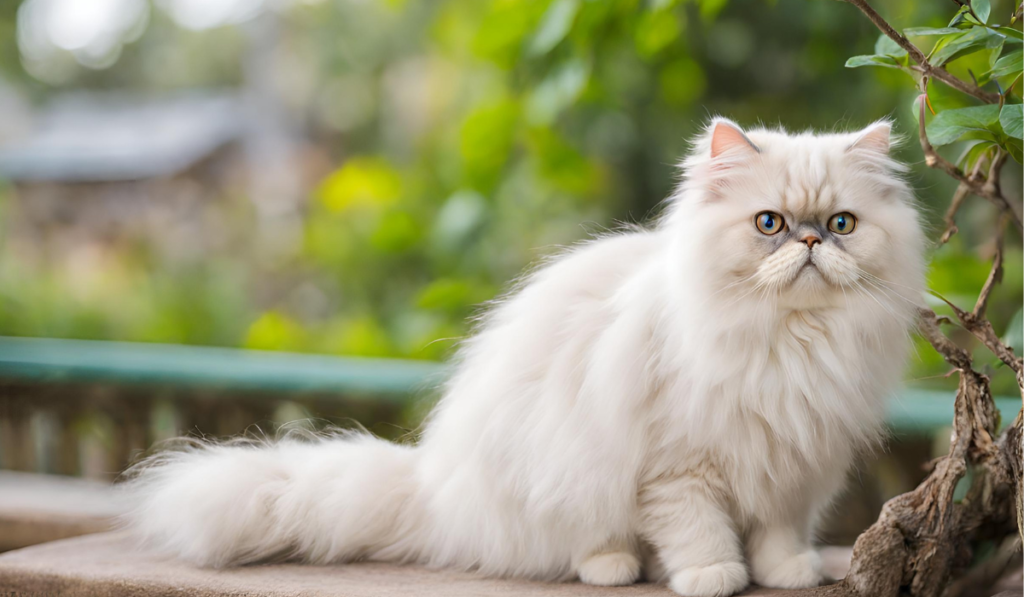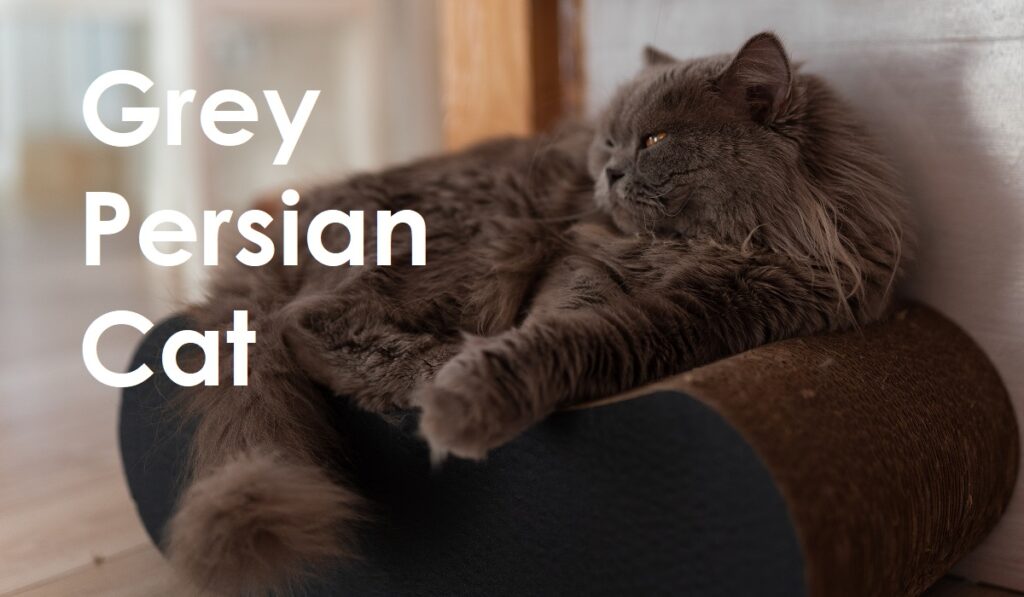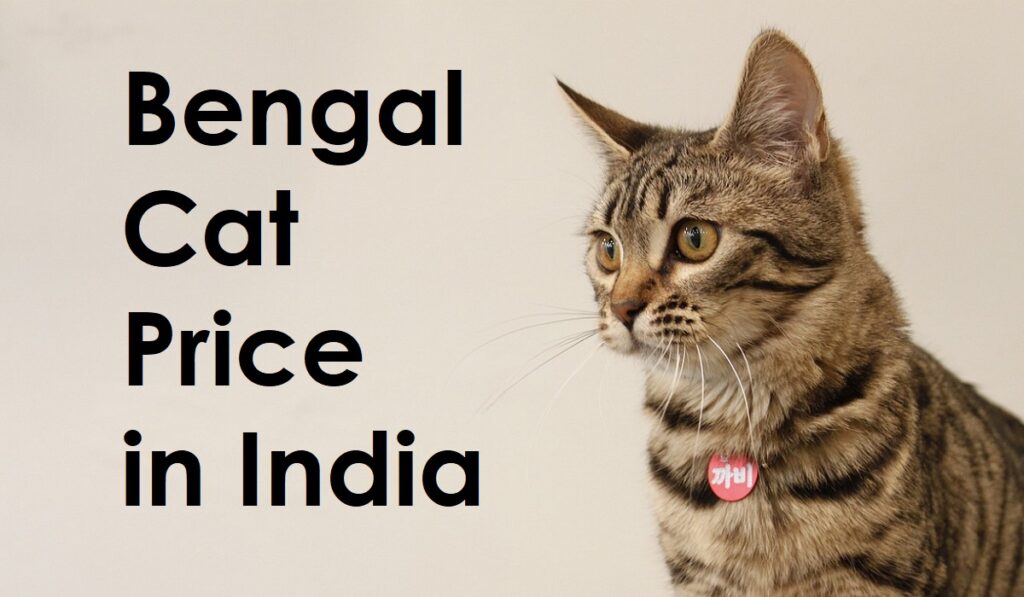If you love having a cuddly cat like me then find out more about Persian cats. One of the first breeds of cats was the Persian cat that has enjoyed much popularity ever since it was produced. Distinguished by appearance and temperament as well as for the luxuriousness of their fur, they are called Persian cats.
This all-encompassing guide talks on the history, nutrition, maintenance, and healthcare of Persians, among other cat issues. This guide is meant for those who either own a Persian cat or intend to adopt one in the future.
1. Introduction to Persian Cats
The Persian Cats were domesticated in Persia (presently Iran) and Turkey. They possess rounded heads, sizeable eyes, shorter noses, and thick, long hair coatings. These comprise various colours including white, black, blue, red, cream, silver, gold, tortoise shell or calico among others. Persians are medium-sized cats weighing about seven to twelve pounds. Persian Cat live for about 10 to 15 years.
2. History of Persian Cats
Their story starts with an entry of Persians in Europe, as Italian merchants and explorers brought some of these domestic cats to different European countries sometime around the 1600s. The exotic looks and grace earned them respect and later became the choice of other nobles and the royalty. These cats were owned by famous people such as Queen Victoria, King Louis XV, Marie Antoinette, and Napoleon Bonaparte respectively.
In the late 19th century, other cats like the Persian cats were being also imported to America and they became just popular as those cats. The Cat Fanciers’ association or CFA recognised them in 1906; however, they are probably the third or fourth most registered breed today.
3. Characteristics of Persian Cats
Their looks are backed up by an amazing personality. They are cool, soft, and tender-loving, choosing to lie about and caress their masters. Though lazy by nature, they can at times engage in a handful of toys and games. Besides, they have excellent loyalty as well as devotion towards their own families and forge firm kinship with these people. They might make some sounds but Persian cats mostly speak via their eyes and through their body language. They are smart enough to learn even some commands and tricks.
4. Caring for Persian Cats

The act of grooming Persians Cat coat care is one of the most essential components involved in the act of caring for persians. They have long dense fur that needs to be regularly brushed and combed so that mats and knots do not occur. Their coats should also be bathed regularly and trimmed for them to maintain a clean and healthy coat.
In addition, their eyes and ears need checking together with their cleaning as they might develop infections and tear-stains respectively. They should have their nails trimmed after each two to three weeks for safety reasons against scratching as well as injury.
Caring for Persian cats also involves giving them their own cosy, secure haven. These are indoor pets which require a comfortable and warm place to sleep and rest. They also require one or two toys, as well as a scratching post to keep them engaged. There should also be readily available purified water and a tidy litter box all the times.
5. Health Problems with Persian Cats

In general, Persian cats are healthy cats; however, they tend to be affected by some particular diseases due to inheritance factors. Some of these issues include:
- Polycystic kidney disease (PKD): Cysts develop on kidneys and make it hard for them to perform their function leading to kidney failure. One gets it from one or two parents and it can be diagnosed through ultrasound or DNA test.
- Brachycephalic airway syndrome (BAS): It is a state that causes breathing difficulty in the short-nosed, flat-headed Persians. In extreme cases, it may cause snoring, wheezing, coughing, gagging, and a complete collapse of the airway.
- Progressive retinal atrophy (PRA): This is a situation in which the retina of the eye slowly degenerated leading to reduced eyesight or total blindness. A child is born with it, and gets it from one or both parents. The disease can also be diagnosed by an examination of the eyes.
- Hypertrophic cardiomyopathy (HCM): Here, the muscles thicken and harden while the heart becomes overworked and enlarged. The above results in impaired functionality and blood flow. In some cases, it results in heart failure or an instant death.
- Dental problems: Short jaws and crowd teeth make a Persian cat vulnerable to plaque accumulation, resulting in tartar production, which leads to gingivitis, periodontal disease, tooth decay, tooth loss or other oral conditions.
Regular veterinary checkups and vaccines can help prevent or control these health issues. Check this article for more Comprehensive information on Persian Cat health problems.
6. Diet and nutrition for a Persian cat

It is important for Persian cats to have a balanced and good quality diet so they can get all the nutrients they need. They need wet or dried foods custom-formulated for Persian Cat/long hair breed. Their diet should have adequate protein, fat, fiber to promote body health and a shiny coat. Fresh water should also be provided for them at all times.
Persian cats tend to be very fat; hence, watch what you feed them and how much they weight. Ensure you do not overfeed your dog or give it a lot of treats or human foods. Therefore, you should also find out from your veterinary doctor what and when is the appropriate time to feed a Persian cat.
7. About Persian cats, training and behaviour.
This is due to their docile and friendly nature; therefore training and socializing a Persian cat is not difficult. They also become familiar with simple orders like Sit, Stay, Come, Get it, Shake, Roll Over and High Five. This will mean using positive reinforcement like verbal praise, treats and toys when they behave positively so that they can also develop a willingness to learn.
Persian cat is known to be quite obedient and not often misbehave. They do not destroy nor do they go in aggression mode; however, they could scratch or bite you when frightened or irritated. Give them a scratching post, a litter box, and some toys as means of entertainment and stimulation. It is also advisable that you do not punish your children or yell at them since they might grow up being afraid or resentful.
8. Kittens and breeding for a Persian cat.
The Persian cat is one of the most in-demand breed that has great economic worth. Nevertheless, it is not simple matter raising a Persian cat, it takes time, money and sense of responsibility. Breeding Persian cats can be practiced by a seasoned breeder or under supervision of a professional.
Some of the things you need to consider before breeding Persian cats are:
- Health: Be sure to check if the Persian males and females are healthy without having genetic diseases or defects. Likewise, you should also test them for PKD, PRA, and HCM among others for common diseases that affect Persian cats. Ensure that you take them for regular vaccinations and deworming.
- Pedigree: Ensure your Persian cats are of pure and registered pedigree of either sex from a known breeder or other recognized organization. You need to also examine the lineages and ensure no incestuous or crossbreeding occurs.
- Temperament: Ensure that you select both the male and female Persian cats that are well-tempered and having an ideal character as per their breed. Moreover, you need to consider whether they are good together as well as avoid mating them if they are too aggressive or not compatible.
- Care: It is important that you treat the Persian cat very well, as she is in her stage of pregnancy and will soon deliver. The newborn kittens need to receive good care as well as socialising until each of them is ready to be adopted.
Understanding “how many kittens do Persian cats have” is also part of responsible breeding. Typically, Persian cats can have litters ranging from one to six kittens. Knowing this helps in preparing for the number of kittens and providing adequate care.
Persian cat kittens are very cute and nice to look at; however, they require more love and handling. At birth they have closed eyelids and bent-down ears which do not open until between 10 and 14 days old. After three or four weeks they can walk, after six to eight weeks they eat solid diet. Complete weaning is seen after 10–12 weeks.
The Persian cat kittens are exposed to grooming regularly from a young age to develop a tolerance for it and avoid tussling and knots in the fur. The children also have to be immunized.
The cats must be dewormed, spayed/neutered, microchipped, and registered for adoption.







